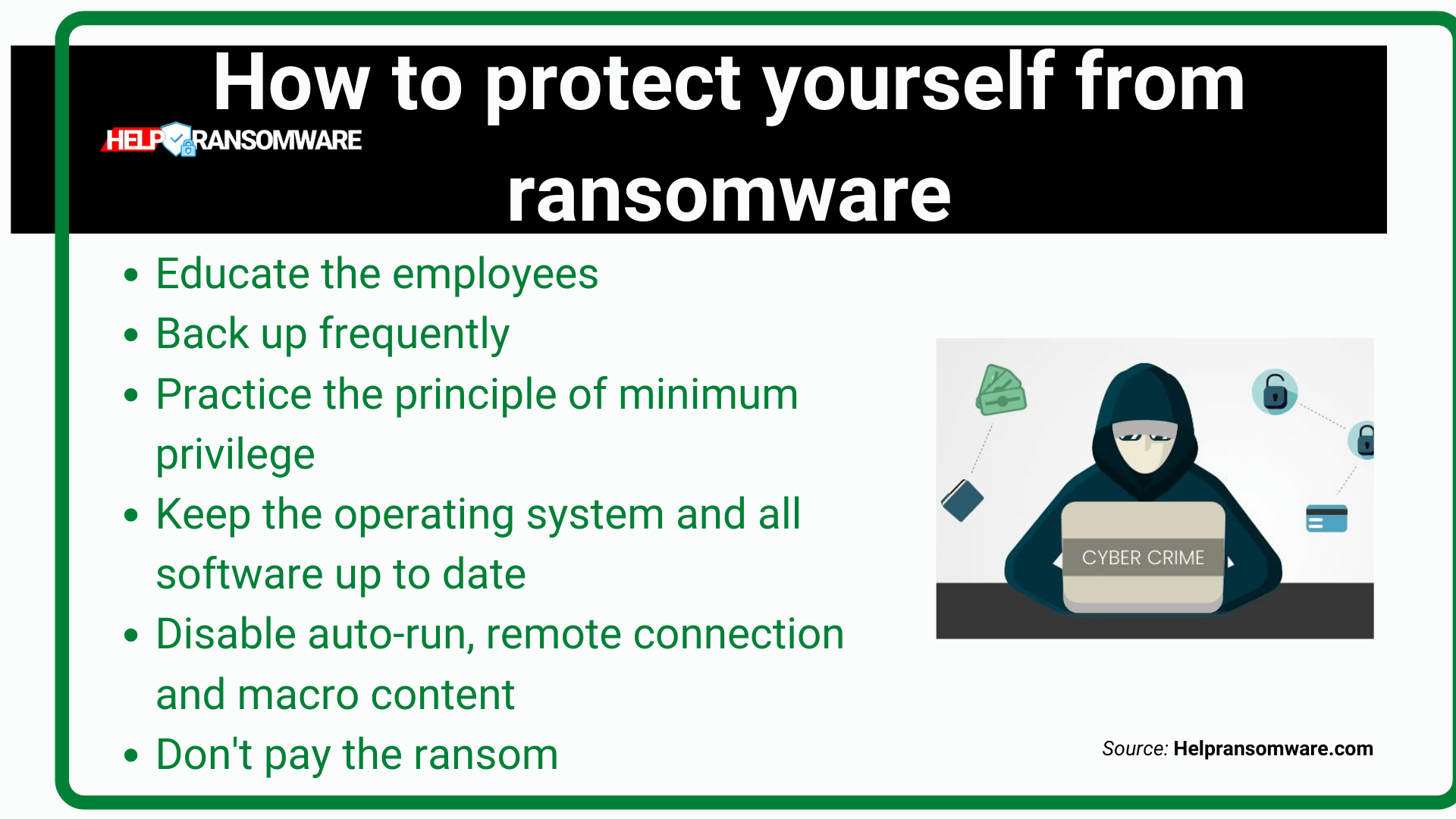

When attempting to gain access, the victim will then find a message warning of the ransomware attack with instructions on how to complete the ransom payment, typically with a countdown of only a few days to heighten urgency and prompt victims to pay quickly.

Extortion. The files cannot be recovered without a decryption key known only by the attacker.In either case, the victim is left without access to the encrypted files. Encryption. Once downloaded, the attack can either start encrypting files or give the criminal access so they can search for valuable business and personal files before encrypting them.Ransomware can be spread through other social engineering attacks (such as baiting or scareware), downloads from fake websites or clicking on malvertising: a fake ad that contains the ransomware. These attacks can be disguised as a fake invoice, holiday discount, updates from a trusted company or information on current events that makes the recipient more likely to click.

Infiltration. Ransomware often begins with phishing emails - a type of social-engineering attack that tries to fool the target into thinking the email is from a trusted sender, convincing them to open an infected attachment or click a link that downloads the malware.The combined total of this activity over time paints the picture of the risks you might face - because once your PII is in the hands of an identity thief, you could be susceptible to more than a dozen types of identity theft and fraud. Breaches come in a variety of sizes and personal data breach risk levels. Likewise, not every data security incident is a reason to panic. While not every ransomware attack is labeled a data breach, they increasingly result in exposed data on the dark web. Ransomware can be another way for cyberthieves to get their hands on your personally identifiable information (PII) while also profiting from the organizations and individuals urgently trying to regain access to their data. (They may do that too, though, if they can access financial or personal information during a ransomware attack.) Many people and organizations - up to 83% - admit to paying the ransom, giving criminals an easy way to make money without the hassle of breaking into bank accounts. One mistake by a single user has the potential to expose an organization’s entire network. Ransomware is increasing in use because it works. With the rapid shift to remote work by millions of Americans and the threat of phishing, consumers and business are all at increased risk of ransomware attacks. The FBI and Cybersecurity and Infrastructure Security Agency (CISA) reported a 62% increase in ransomware activity during the first half of 2021 over the same period the previous year. Recently, there has been an escalation of ransomware incidents making headlines, including high-profile attacks on energy, financial services, healthcare and even cybersecurity industries. In a trend increasing in frequency, that data is often also stolen - either to demand additional payments from the victim or to sell it on the dark web. Access to data is supposed to be restored once the ransom is paid and the attackers provide a decryption key. The ransom request often requires payment by Bitcoin or other types of anonymous cryptocurrency. Once deployed, the ransomware encryption restricts access to files and the victim receives a notice that a “ransom” must be paid to unlock the data or device.

Ransomware is a form of malware, or malicious software, used to encrypt sensitive files held in business and personal devices, essentially locking users out of their own data or networks.


 0 kommentar(er)
0 kommentar(er)
